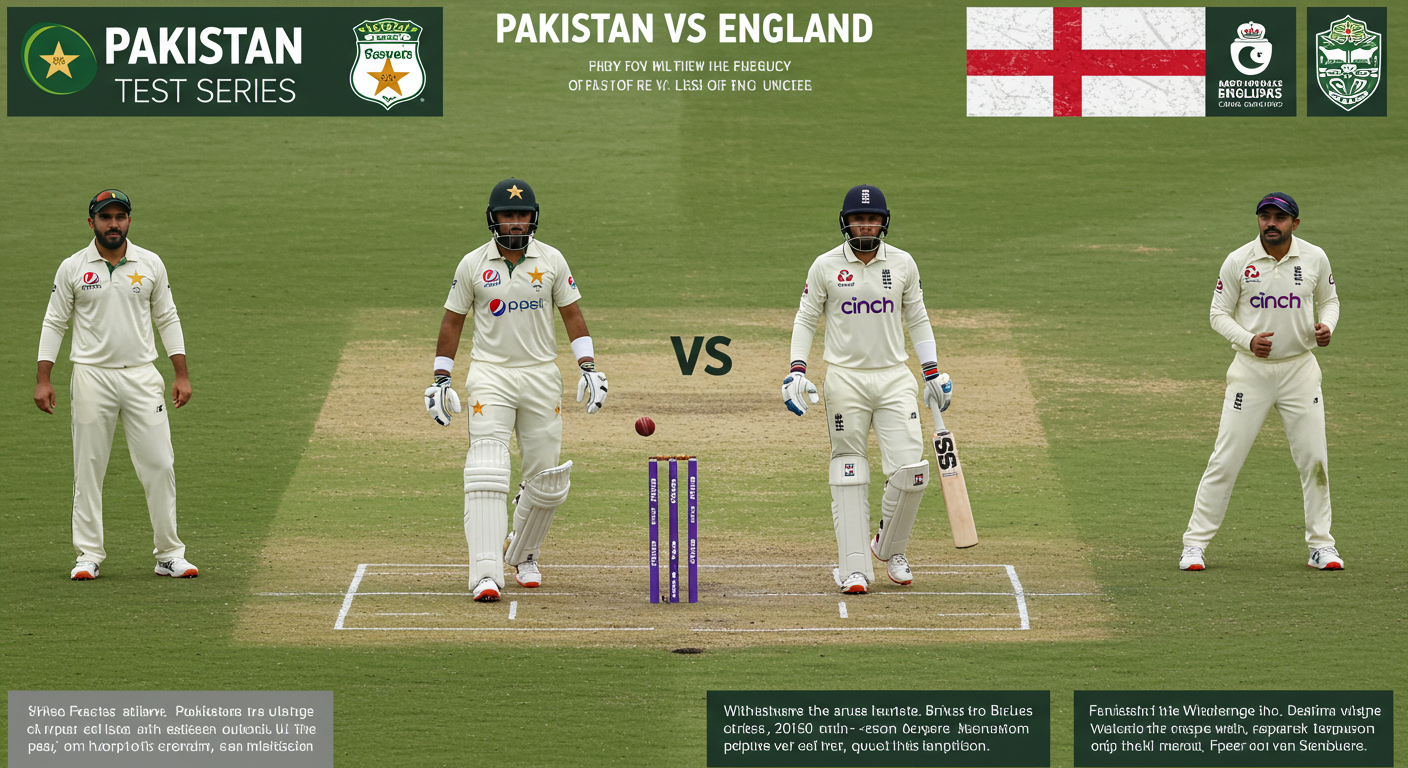Pakistan’s 2019 World Cup Cricket Campaign: A Deep Dive

Pakistan’s 2019 World Cup Cricket Team: A Look Back at a Challenging Campaign
The 2019 Cricket World Cup held in England and Wales presented a unique challenge for the Pakistani team. Expectations were high, but the campaign ultimately fell short of the desired outcome. This article delves deep into the intricacies of Pakistan’s 2019 World Cup journey, analyzing the highs, the lows, and the key factors that shaped their performance.
A Team of Potential, Yet to Fully Flourish
Pakistan arrived at the 2019 World Cup with a squad brimming with talent. Players like Babar Azam, Mohammad Hafeez, and the experienced Misbah-ul-Haq were expected to deliver. However, the team consistently struggled to capitalize on their potential, leading to a disappointing overall performance.
Early Struggles and a Narrow Miss
Pakistan’s opening matches against the West Indies and South Africa revealed a team still finding its rhythm. While glimpses of brilliance were evident, the overall consistency and execution were missing. Tight run chases were a recurring theme, showcasing the team’s difficulty in translating promising starts into crucial victories. This early struggle set the tone for the tournament, leaving fans concerned about their chances of progressing further.
A few close encounters in the group stage left the team’s fans hoping for a late surge. This excitement, however, faded as the team failed to close out matches effectively, resulting in heart-wrenching losses. It emphasized the crucial need for improved composure and decision-making under pressure.
Key Players and Individual Performances
While the team as a whole underperformed, a few players managed to shine in certain matches. Babar Azam consistently performed at a high level, demonstrating his evolving ability and leadership qualities. However, his performance often stood out in isolation, lacking the necessary support from the rest of the team. Similarly, Mohammad Hafeez displayed glimpses of his batting prowess, but the team’s collective batting woes prevented him from making a bigger impact.
The performances of other key players were also inconsistent. The team seemed unable to consistently produce the quality of cricket expected from their talent. The lack of a consistent top order, in particular, proved problematic in crucial situations.
Tactical Decisions and Coaching Approach
Pakistan’s tactical approach throughout the tournament came under scrutiny. The team’s decisions in certain matches raised questions about the team’s strategy, particularly in the crucial run chases. The choices made in those critical moments appeared to lack the necessary sharpness and adaptability. The overall strategy also seemed to struggle to counter the evolving strategies of opposing teams, further hindering Pakistan’s progress in the tournament.
The coaching approach was also a topic of conversation. While the team had experienced coaches, questions remained regarding their in-match adjustments and management of pressure situations. The team’s struggle to perform consistently under pressure highlighted an area that required significant attention and improvement.
Analysis of the Team’s Batting and Bowling
Pakistan’s batting consistently faced issues, with the team often failing to capitalize on promising starts. The top order, particularly, showed significant inconsistency, impacting the team’s run rate and ability to build innings. This inconsistency reflected badly in their overall performance.
The bowling attack, while possessing some potent individuals, also struggled with maintaining consistency throughout the tournament. The inability to take wickets in crucial moments significantly affected Pakistan’s chances in many matches. The lack of breakthroughs and variation in their bowling approach led to difficulties in restricting opposition scores effectively.
Lessons Learned and Future Prospects
The 2019 World Cup campaign provided valuable lessons for Pakistan’s cricket team. The performance highlighted the need for greater consistency, improved decision-making under pressure, and enhanced adaptability in tactical approaches. Moreover, the analysis of player performances pointed to the critical importance of improving the team’s batting and bowling structures, particularly in the top order and the bowling attack, and cultivating a culture of sustained effort.
Looking ahead, Pakistan’s cricket team has the potential to be a powerhouse on the global stage. The players, in many cases, possess the talent. Now, the focus should be on utilizing this talent in the long run, improving team dynamics, enhancing tactical acumen, and consistently maintaining a high level of commitment. It’s vital for the team to cultivate a culture of resilience and consistency. This requires ongoing assessment and refinement of the team’s strategies and methodologies. The potential for advancement remains, but a determined and sustained effort is needed to achieve the desired results.
Conclusion
Pakistan’s 2019 World Cup journey, while not entirely successful, highlighted valuable lessons that could drive improvement for the future. The team’s potential remains, and with the right adjustments, Pakistan’s cricket team can undoubtedly achieve greater success in future tournaments.
This in-depth analysis provides a comprehensive overview of Pakistan’s performance in the 2019 Cricket World Cup. The insights gleaned from this experience will undoubtedly guide the team’s future endeavors.